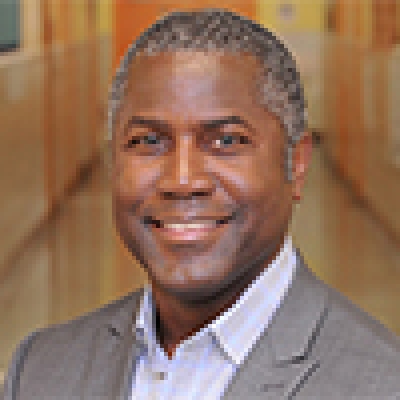The Education 20/20 speaker series resumes on December 11th with another all-star double-header.
Ian Rowe will lead off by arguing for the inclusion of family structure in measures of student achievement. Then Michael Barone will explore the educational travails—past, present, and future—of gifted students and what might be done to ease the pain.
Ian Rowe, CEO of Public Preparatory Network and senior visiting fellow at the Thomas B. Fordham Institute, contends that standard gauges and variables used to track and analyze student achievement neglect a hugely important factor that has changed greatly over the past few generations: the family structures in which children are raised. Key indicators (such as NAEP and state assessment results) are sliced and diced by ethnicity, poverty, gender, even parent education, but not by children’s family circumstances. This omission obscures how this demographic shift may help to explain other well-documented achievement gaps.
Rowe suggests that we examine student achievement by family structure groupings as routinely as we do by race, class, and gender so as to create fuller understanding of the forces that impact achievement and, more importantly, expand the types of interventions we develop.
Michael Barone, senior political analyst for the Washington Examiner and resident fellow at the American Enterprise Institute, contends that America did better at gifted education during the Cold War than it’s doing today. Back then, with the U.S. and Soviet Union competing for technological superiority, the education system actively worked to promote the best and brightest. In addition to proliferation of elite private and selective public high schools, the government provided multiple sources of funding for the most talented math and science students.
Starting in the 1960s, Barone argues, education policy largely abandoned gifted students. The civil rights movement and war on poverty shifted the focus toward disadvantaged students. More recently, No Child Left Behind ignored students already at or above the proficient level. Today’s high-ability students in middle-class communities often have access to advanced content, but equally-able young people in high-poverty schools get left behind. Can the inclusion of growth measures in ESSA help turn the tide to focus on all students? How can American education continue to embrace disadvantaged students without squandering the potential of gifted students? And how can society begin to reembrace excellence in place of mediocrity?
You can also follow the conversation on Twitter with @educationgadfly and #ed2020.
Check out more information about the rest of the Education 20/20 Speaker Series!


